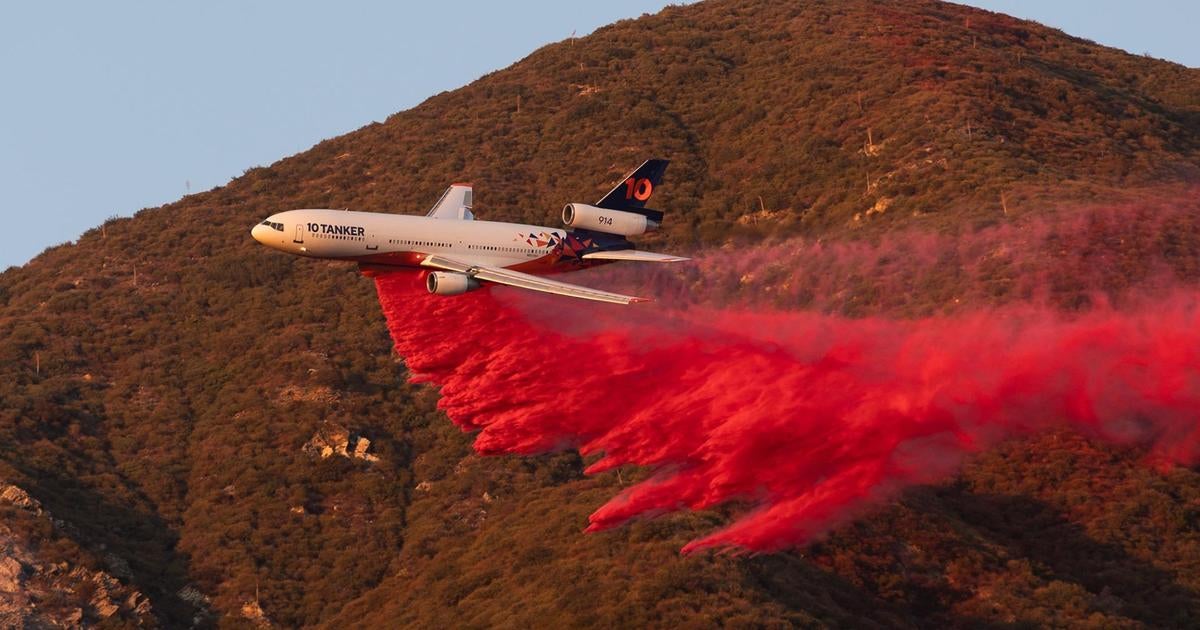Los Angeles Faces Double Threat: Fierce Winds and Relentless Wildfires
As Los Angeles braces for a new wave of strong winds, residents find themselves on high alert, grappling with the ongoing wildfire crisis that has gripped the region. The combination of harsh weather conditions and raging fires raises significant concerns about safety, environmental impact, and the overall resilience of this vibrant city. Understanding the dual threats of fierce winds and relentless wildfires is essential for Angelenos as they navigate these challenging circumstances.
The Current Situation: Winds and Wildfires Collide
In recent weeks, Los Angeles has experienced a series of intense weather patterns characterized by powerful Santa Ana winds, which typically blow from the inland desert regions towards the coastal areas. These winds can reach speeds of over 70 miles per hour, creating a perfect storm for wildfires to ignite and spread rapidly. The combination of low humidity and dry vegetation further exacerbates the wildfire risk, leaving communities vulnerable.
At the same time, wildfires are raging across various parts of Southern California, with flames consuming thousands of acres of land. Firefighters are working tirelessly to control the blazes, but the fierce winds complicate their efforts. The unpredictable nature of these winds can cause fires to change direction unexpectedly, posing a significant danger to both humans and wildlife.
Understanding the Causes of Wildfires
The relentless wildfires affecting Los Angeles are not solely a product of natural weather patterns. Multiple factors contribute to this growing crisis:
- Climate Change: Rising global temperatures are leading to hotter, drier conditions that create a more conducive environment for wildfires.
- Urban Development: As Los Angeles expands, more homes are built in fire-prone areas, increasing the risk to property and lives.
- Vegetation Management: Inadequate management of dry brush and vegetation can provide ample fuel for wildfires.
- Human Activity: Many wildfires are sparked by human activities, including campfires, discarded cigarettes, and power lines.
The Impact of Fierce Winds
Fierce winds, particularly the Santa Ana winds, have a profound impact on both the intensity and spread of wildfires. Their effects include:
- Fire Spread: The winds can carry embers for miles, igniting new fires far from the original blaze.
- Air Quality: The smoke from wildfires can travel vast distances, deteriorating air quality not only in Los Angeles but in surrounding areas as well.
- Evacuations: Sudden changes in wind direction can necessitate immediate evacuations, putting residents in danger and straining emergency services.
Protective Measures for Residents
As the double threat of fierce winds and relentless wildfires looms over Los Angeles, residents are encouraged to take proactive steps to safeguard themselves and their properties:
- Create Defensible Space: Homeowners should clear away dry vegetation and debris within a 30-foot radius of their homes.
- Emergency Kits: Prepare kits with essentials like water, non-perishable food, medications, and important documents.
- Evacuation Plans: Have a clear plan in place, including escape routes and a designated meeting spot for family members.
- Stay Informed: Regularly monitor local news and weather reports for updates on wind and fire conditions.
Community Response to the Crisis
In response to the ongoing wildfire crisis, community organizations and local governments are stepping up their efforts to support affected residents. Initiatives include:
- Firefighting Resources: Increased funding for firefighting equipment and personnel helps ensure rapid response to wildfires.
- Public Awareness Campaigns: Programs aimed at educating residents about fire safety and preparedness are critical in reducing risk.
- Community Support Groups: Establishing networks for neighbors to assist each other during emergencies fosters resilience.
The Environmental Consequences
The environmental impact of wildfires and strong winds cannot be understated. Wildfires lead to:
- Habitat Destruction: Fires can devastate local ecosystems, displacing wildlife and disrupting food chains.
- Soil Erosion: The loss of vegetation increases soil erosion, which can lead to landslides and degradation of water quality.
- Air Pollution: Smoke and particulate matter from fires contribute to respiratory problems and other health issues for residents.
Looking Forward: Building Resilience
While the immediate threat of fierce winds and relentless wildfires poses significant challenges, there is hope for a more resilient future. Community engagement, government initiatives, and individual preparedness can create a safer environment for Angelenos. The time to act is now, as proactive measures can mitigate the impact of these natural disasters.
Moreover, public policies aimed at addressing climate change, improving land management, and enhancing emergency response capabilities will play a crucial role in safeguarding communities. By investing in sustainable practices, Los Angeles can better withstand the dual threats of fierce winds and relentless wildfires in the years to come.
Conclusion
The double threat that Los Angeles faces from fierce winds and relentless wildfires should not be taken lightly. As the city confronts these challenges, it is essential for residents to remain vigilant and prepared. By understanding the causes and impacts of wildfires, taking protective measures, and fostering community resilience, Angelenos can work together to navigate this crisis. A united effort, combined with a commitment to sustainability and safety, can lead the way toward a more secure future for all.
See more Your Daily Weather



